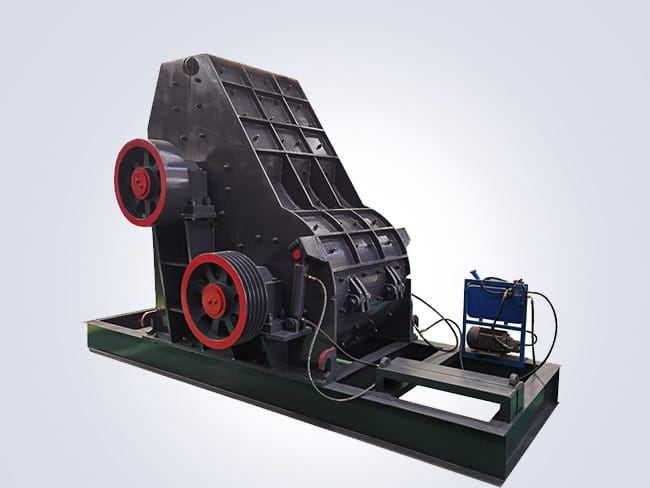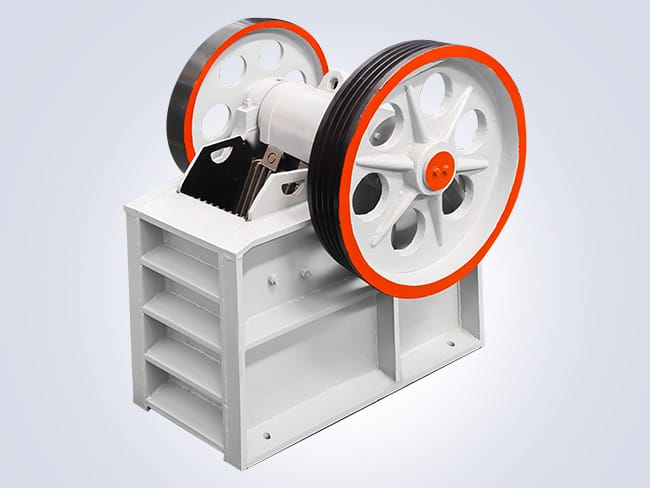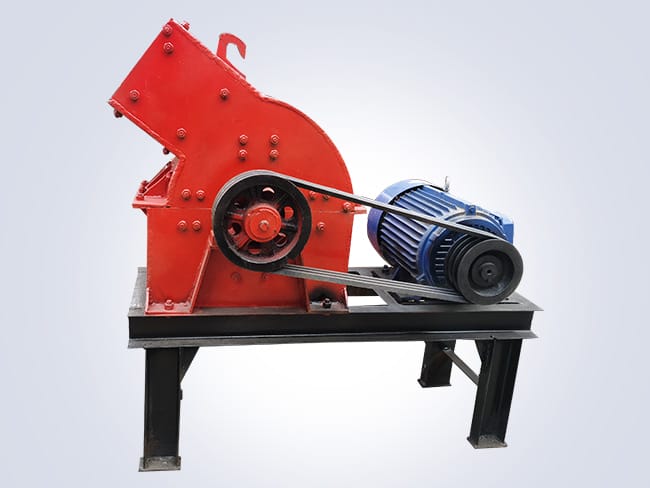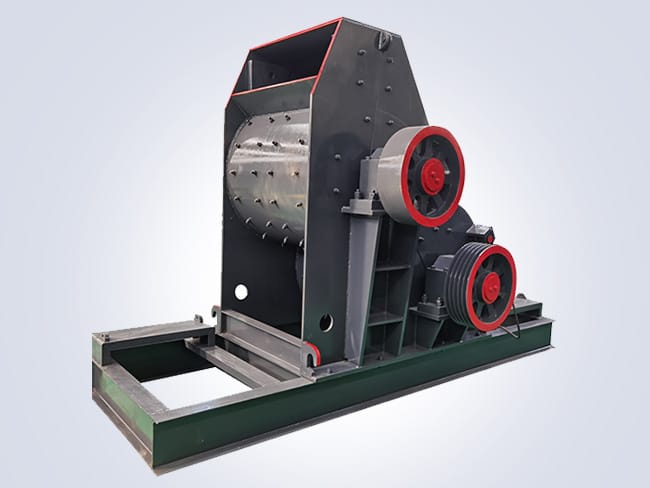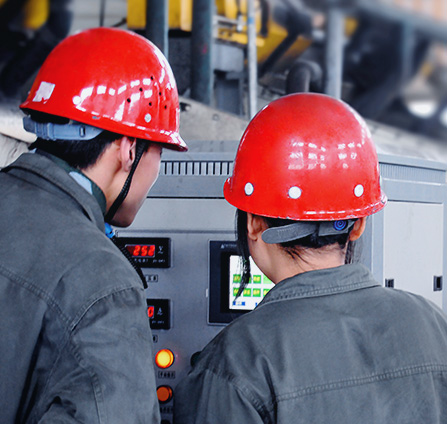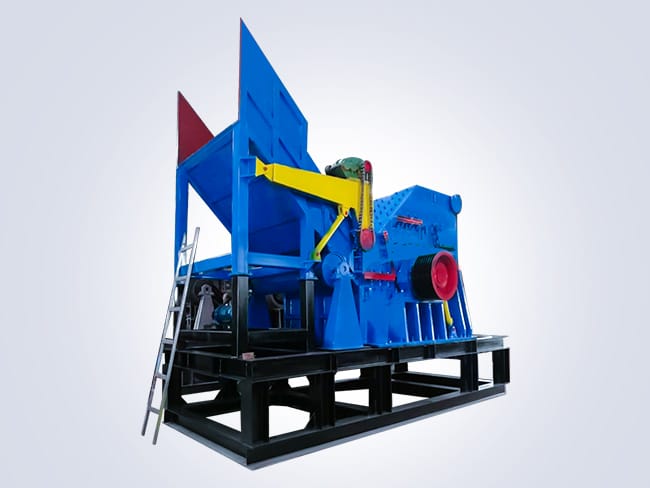
The metal crusher is a device used to crush and pulverize metal waste or metal raw materials. It is primarily used for recycling scrap metal. And can also be used to process metal raw materials such as iron, aluminum, copper, steel, etc. Its main working principle involves using high-speed rotating blades to impact, cut, and crush the metal materials, reducing them into small particles or powder for subsequent processing or reuse.
Application scope
The metal crusher plays a crucial role in the recycling and reuse of scrap metal. Scrap metal is a valuable resource.And through mechanical processing. It can be crushed and pulverized to obtain high-quality metal particles. Which are then used for reproduction and processing, achieving resource recycling and conservation. It not only reduces the volume of scrap metal, relieving the burden of waste disposal but also reduces the need for natural resource extraction, contributing to environmental pollution reduction and promoting sustainable development.
Furthermore, the metal crusher is widely used in the processing of metal raw materials. In the production of metal products, it is common to crush and pulverize raw materials to facilitate subsequent processing and shaping. The metal crusher efficiently crushes metal raw materials to obtain the desired metal particles, enhancing production efficiency and product quality.
Precautions for use
However, safety and maintenance should be taken into consideration during usage. Due to the high-speed rotation and impact during operation, operators should strictly adhere to safety procedures and wear appropriate protective equipment to ensure work safety. Regular maintenance and upkeep are also necessary to ensure the smooth operation and extend the lifespan of the machinery.
In conclusion, the metal crusher is an essential metal processing equipment. Playing a significant role in scrap metal recycling and metal raw material processing. Its processing capabilities contribute to resource recycling.And environmental sustainability by reducing scrap metal volume and promoting efficient metal product manufacturing. With continuous technological advancements, its performance and application scope are expected to expand, bringing more convenience and benefits to the metal processing industry.




